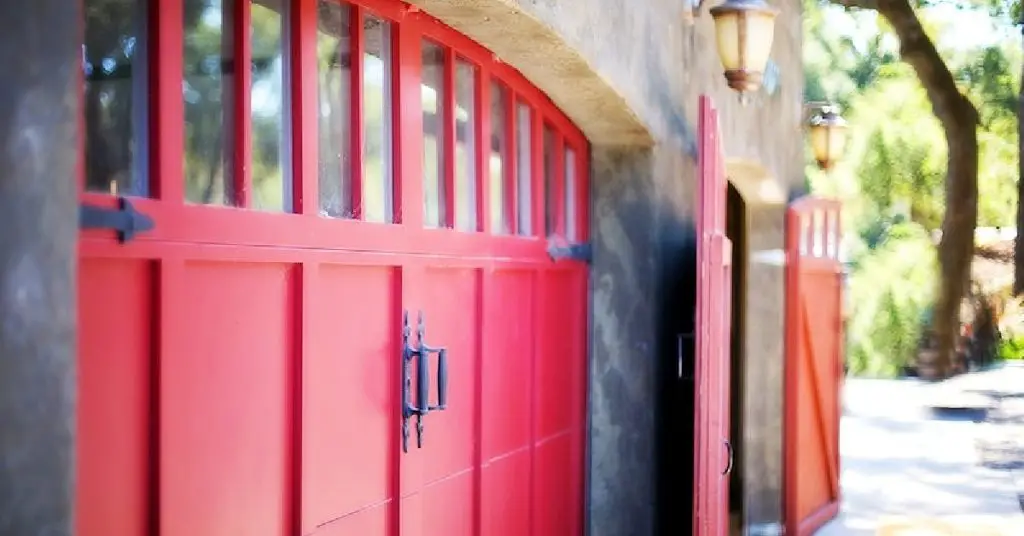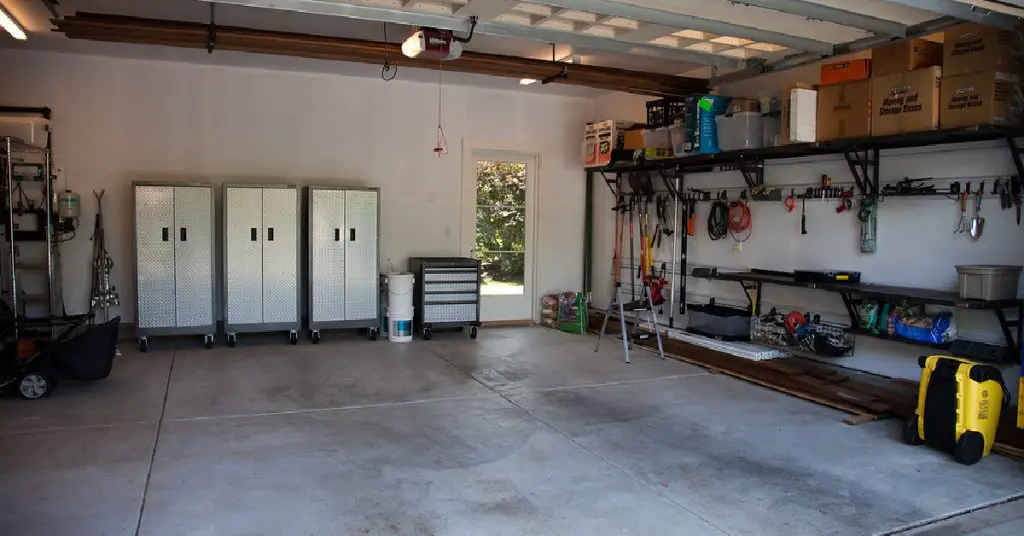Garage floors are often subjected to the problem of efflorescence, which can be both unsightly and concerning. Efflorescence occurs when white spots or powder-like substances appear on the surface of concrete, indicating the presence of excess salts and moisture. This issue not only affects the aesthetics of your garage floor but can also lead to long-term structural damage if left untreated. In this comprehensive guide, we will explore the causes of efflorescence, its potential dangers, and solutions for how to stop efflorescence on garage floor.
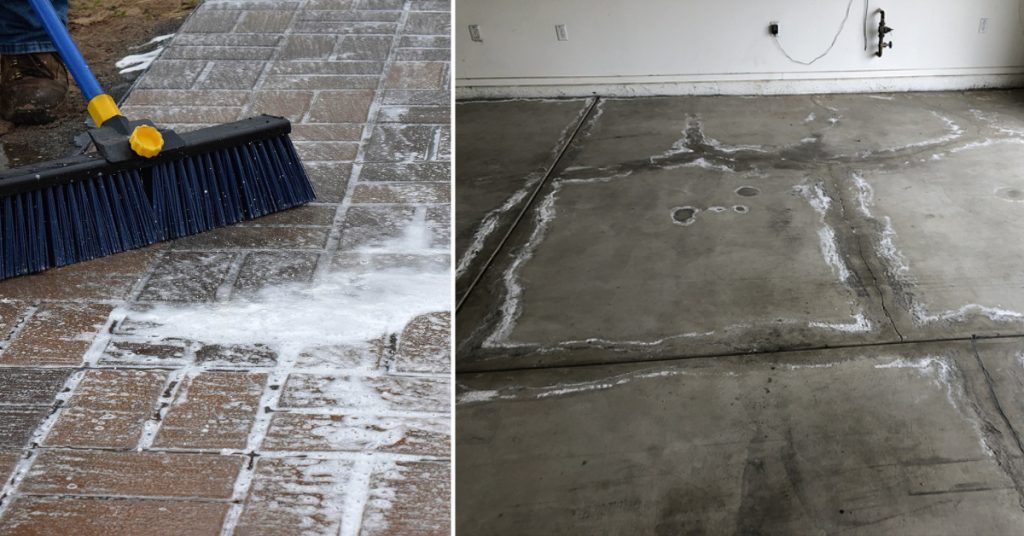
Key Takeaways:
- Efflorescence is caused by moisture-carrying salts on concrete surfaces
- Identify and address moisture sources
- Clean and prepare the surface thoroughly
- Apply a suitable concrete sealer
- Maintain the floor and address issues promptly
Understanding Efflorescence: What Causes It?
Efflorescence is a common phenomenon in concrete and occurs when moisture carries salts to the surface, leaving behind white deposits. The salts can originate from various sources, such as within the concrete itself or from the surrounding environment. Factors such as high humidity, water leakage, and improper drainage contribute to the formation of efflorescence on your garage floor.
The Dangers of Untreated Efflorescence
While efflorescence may initially seem harmless, it is important to address the issue promptly to prevent further damage. Excess moisture and salts can lead to the deterioration of the concrete, weakening its structural integrity over time. Additionally, efflorescence can serve as a breeding ground for mold and mildew, posing health risks to you and your family. Therefore, taking proactive measures to stop efflorescence and protect your garage floor is crucial.
7 Trustworthy Steps for How to Stop Efflorescence on Garage Floor
Here are seven steps to follow on how to stop efflorescence on garage floor:
Step 1: Identify the Source of Moisture
Before attempting to treat efflorescence, it is essential to identify the source of moisture causing the problem. Common sources include water leakage from plumbing pipes, inadequate drainage systems, or high water table levels. By addressing the underlying moisture issue, you can prevent efflorescence from recurring in the future.
Step 2: Surface Preparation
Once you have identified the source of moisture, it is necessary to prepare the surface of your garage floor for treatment. This involves cleaning the affected area thoroughly to remove any existing efflorescence deposits. You can use a mild masonry cleaner or a solution of vinegar and water to gently scrub the surface. Be sure to wear protective gloves and eyewear during this process.
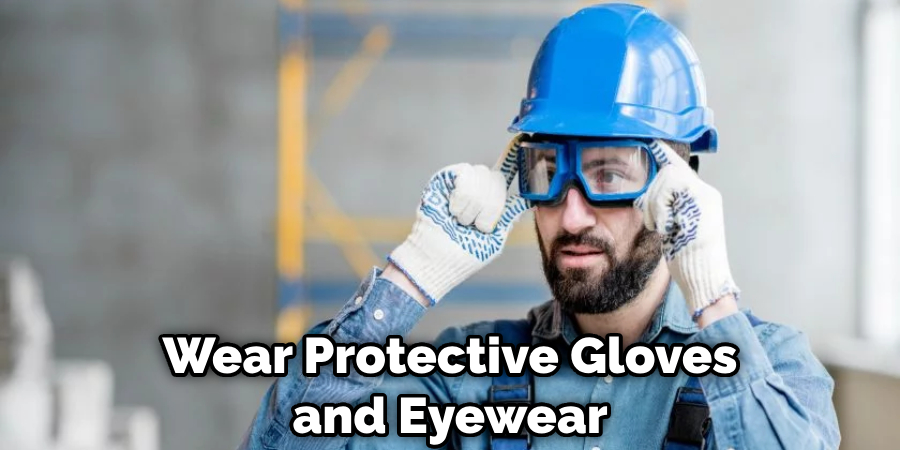
Step 3: Applying a Concrete Sealer
To effectively stop efflorescence and protect your garage floor, applying a high-quality concrete sealer is crucial. A concrete sealer acts as a barrier, preventing moisture from penetrating the concrete and carrying salts to the surface. It also enhances the durability and longevity of the concrete, making it more resistant to future efflorescence.
There are different types of concrete sealers available, such as penetrating sealers and topical sealers. Penetrating sealers are absorbed into the concrete, forming a protective barrier without altering the appearance of the surface. Topical sealers, on the other hand, create a thin film on top of the concrete, providing both protection and an aesthetic finish.
Step 4: Choosing the Right Concrete Sealer
When selecting a concrete sealer for your garage floor, it is important to consider factors such as the type of concrete, the severity of efflorescence, and your desired finish. Here are a few popular options to consider:
- Penetrating Silane/Siloxane Sealers: These sealers are highly effective in stopping efflorescence by penetrating deep into the concrete and forming a hydrophobic barrier. They are suitable for both interior and exterior applications and provide long-lasting protection.
- Acrylic Sealers: Acrylic sealers offer excellent resistance against efflorescence and provide a glossy or matte finish to the concrete surface. They are easy to apply and provide good UV protection. However, they may require reapplication every few years.
- Epoxy Coatings: Epoxy coatings not only stop efflorescence but also provide a durable and aesthetically pleasing finish to your garage floor. They create a seamless and chemical-resistant surface, making them ideal for high-traffic areas. However, the surface preparation and application process can be more time-consuming and complex.
- Polyurethane Sealers: Polyurethane sealers offer excellent protection against efflorescence, abrasion, and chemicals. They provide a glossy or satin finish and are often used in commercial and industrial settings. However, they may require a professional application and periodic maintenance.
Consider consulting with a concrete specialist or a professional contractor to determine the most suitable sealer for your specific needs.

Step 5: Surface Preparation for Sealer Application
Before applying the concrete sealer, it is crucial to prepare the surface properly. Follow these steps for optimal results:
- Clean the garage floor thoroughly using a pressure washer or a scrub brush to remove any dirt, stains, or remaining efflorescence deposits.
- Repair any cracks or damaged areas in the concrete using an appropriate concrete patching compound.
- Etch the surface using a mild acid solution, such as muriatic acid, to ensure proper sealer adhesion. Follow the manufacturer’s instructions and wear protective gear while handling acids.
- Rinse the surface thoroughly with water to neutralize the acid and remove any residue.
- Allow the garage floor to dry completely before applying the concrete sealer. Follow the manufacturer’s instructions regarding drying times.
Step 6: Applying the Concrete Sealer
Once the surface is properly prepared, you can proceed with applying the concrete sealer. Follow these general steps for sealer application:
- Begin by applying the sealer along the edges of the garage floor using a brush or a roller. This will help ensure complete coverage in hard-to-reach areas.
- Pour the sealer into a paint tray or a roller pan for easy application.
- Use a roller or an applicator brush to apply the sealer evenly on the garage floor. Work in small sections, moving in a back-and-forth motion to avoid leaving streaks or puddles.
- Allow the sealer to dry according to the manufacturer’s instructions. This may take several hours or even a full day, depending on the type of sealer used.
- For optimal protection, consider applying a second coat of sealer once the first coat has dried completely. This will provide an additional layer of defense against efflorescence and other potential issues.
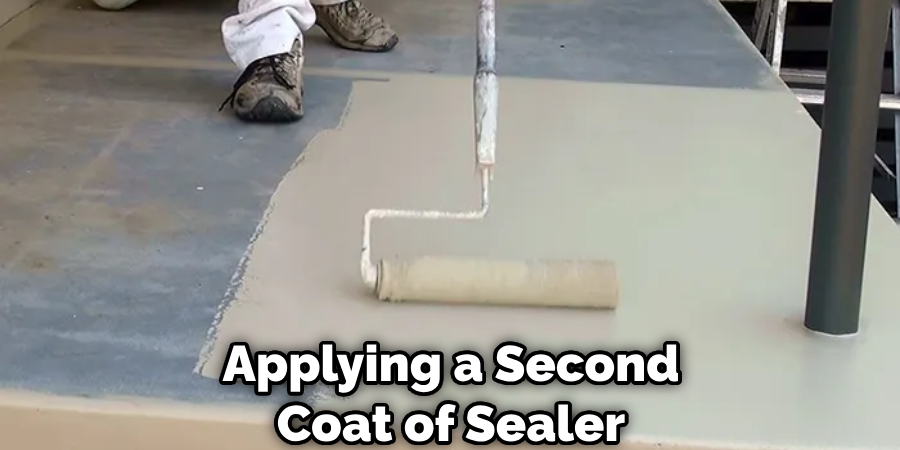
Step 7: Maintenance and Long-Term Prevention
Stopping efflorescence on your garage floor requires ongoing maintenance and preventive measures. Here are some tips to ensure long-term protection:
- Regularly clean your garage floor using mild detergent and water to remove any dirt or debris that could contribute to efflorescence.
- Avoid using harsh cleaning agents or abrasive tools that could damage the sealer or strip away its protective properties.
- Promptly address any signs of water leakage or drainage issues to prevent the recurrence of efflorescence.
- Consider using floor mats or rugs in high-traffic areas to minimize wear and tear on the sealer.
- Periodically inspect the garage floor for any signs of damage or wear and reapply the sealer as needed. Follow the manufacturer’s recommendations for maintenance intervals.
By following these maintenance practices and taking proactive measures to address moisture-related issues, you can effectively stop efflorescence on your garage floor and enjoy a beautiful and durable surface for years to come.
You Can Check It Out to Unclog a Garage Floor Drain.
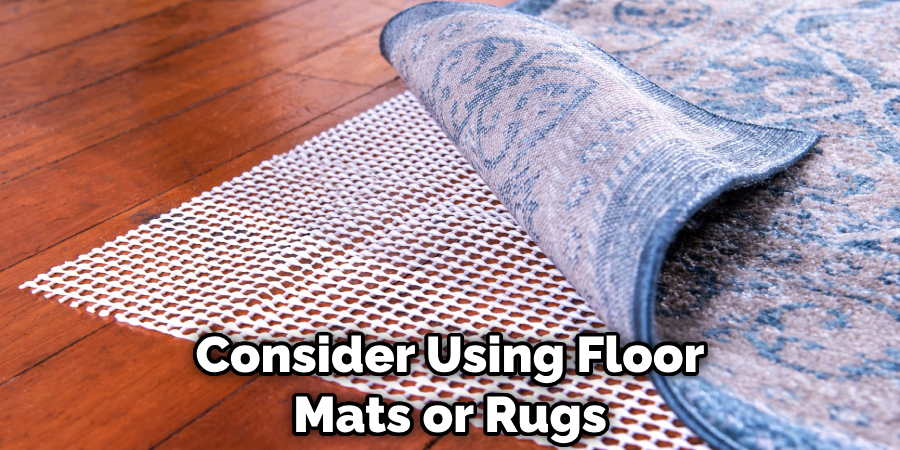
FAQs About How to Stop Efflorescence on Garage Floor
What Causes Efflorescence on Garage Floor?
Efflorescence on a garage floor is primarily caused by moisture penetration, inadequate drainage, and the use of calcium chloride-based deicers. Moisture dissolves minerals within the concrete, which are left behind as efflorescence when the water evaporates. Poor drainage can lead to water accumulation, while calcium chloride-based deicers introduce soluble calcium compounds to the concrete. To prevent or address this, apply a high-quality concrete sealer, improve drainage around the garage, opt for alternative deicing compounds, and maintain regular cleaning and drying of the floor. By addressing these underlying causes and implementing preventive measures, the occurrence of efflorescence can be minimized or eliminated.
What is the Best Way to Stop Efflorescence?
To stop efflorescence, focus on proper construction practices, use quality materials with low-soluble salt content, apply effective sealants or water repellents, and maintain good ventilation. Regular cleaning with pH-neutral cleaners and seeking professional advice if needed can also help prevent and mitigate efflorescence issues in masonry and concrete structures.
What Product Removes Efflorescence?
The product that removes efflorescence is the “Efflorescence Remover”. It is specifically designed to remove efflorescence from brick, block, and masonry surfaces. This liquid cleaner is biodegradable, non-flammable, and non-toxic, and effectively eliminates the white powdery substance caused by salts emanating from the interior of the masonry. Additionally, the “Concentrated Efflorescence Remover and Cleaner” named “Armor ER100” is also designed to remove efflorescence build-up on concrete, brick, and pavers. Both products are effective in removing efflorescence and are suitable for use on various masonry surfaces.
Does Epoxy Stop Efflorescence?
Yes, epoxy coatings can help in stopping efflorescence. Epoxy coatings create a barrier on the surface, preventing water and salts from migrating through the substrate and causing efflorescence. By effectively sealing the surface, epoxy coatings can minimize the risk of efflorescence on concrete and masonry structures. However, it’s important to note that while epoxy coatings can be effective in preventing efflorescence, proper surface preparation and application are crucial for their success.
Conclusion
In conclusion, efflorescence can be a frustrating problem for garage floor owners, but it is not insurmountable. By understanding the causes of efflorescence, preparing the surface properly, and choosing the right concrete sealer, you can effectively stop efflorescence and protect your garage floor. Remember to follow the recommended maintenance practices to ensure long-term prevention. With these steps, you can enjoy a clean, dry, and visually appealing garage floor that enhances the overall functionality and aesthetics of your space.

